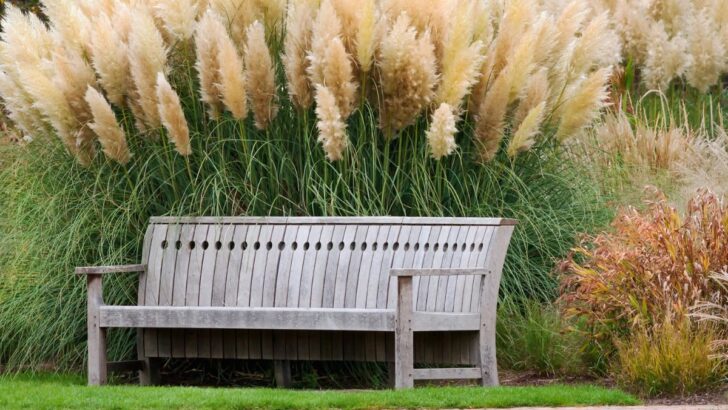Often chosen for the texture and autumn interest they add to the garden, ornamental grasses have many virtues. Some are tall, towering over most other garden plants, and serve as a visual anchor or a privacy screen. Others form low mounds, tucked in among bright flowers to add softness to the landscape. As you decide which of the numerous types of grasses to add to your garden, also consider companion plants for ornamental grasses.
But first, the grass itself. Native grasses, such as muhly, tufted hair, and blue grama grass, are an excellent choice. With their incredibly deep root systems, native grasses provide erosion control, water filtration, and soil aeration. Many native butterfly larvae feed on native grasses, as do other beneficial insects and songbirds. Native grasses also provide shelter and nesting sites for birds, insects, and other small animals.
In contrast, many non-native ornamental grasses may become weedy and difficult to control, and some have even been declared invasive in certain areas of the country. If you choose to plant a nonnative ornamental grass, confirm first that it is not considered invasive in your state.
Now, what to plant with your beautiful native ornamental grasses?
Companion Plants for Ornamental Grasses
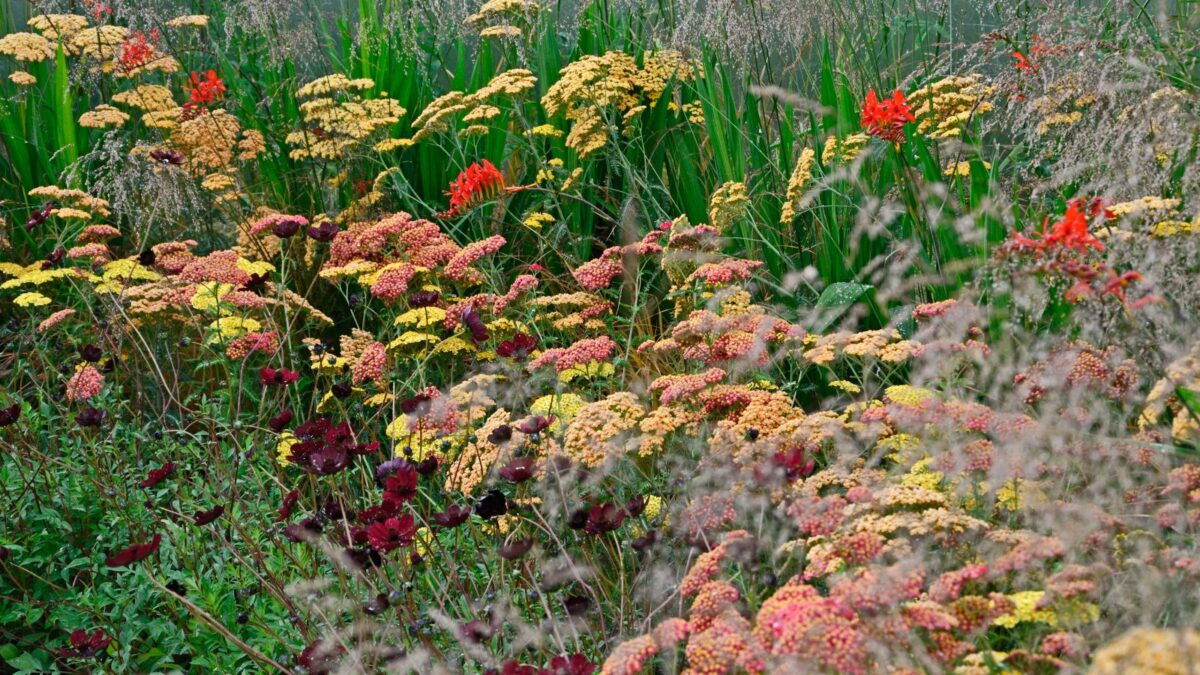
Image credit: Depositphotos
Late-blooming flowers are an obvious and popular choice for ornamental grass companions, as most ornamental grasses bloom in late summer to early fall. This pairing creates a stunning autumn display. However, you may also want to consider providing year-round interest. Some spring flowers will provide beauty early in the growing season before the grasses come into their own. At the same time, a couple of evergreens or winter berry bushes will offer winter interest.
Keep in mind the size and shape of the ornamental grasses you choose. Create balance with different heights and growing habits, and do not bury smaller plants behind taller ones.
1. Black Chokeberry (Aronia melanocarpa)
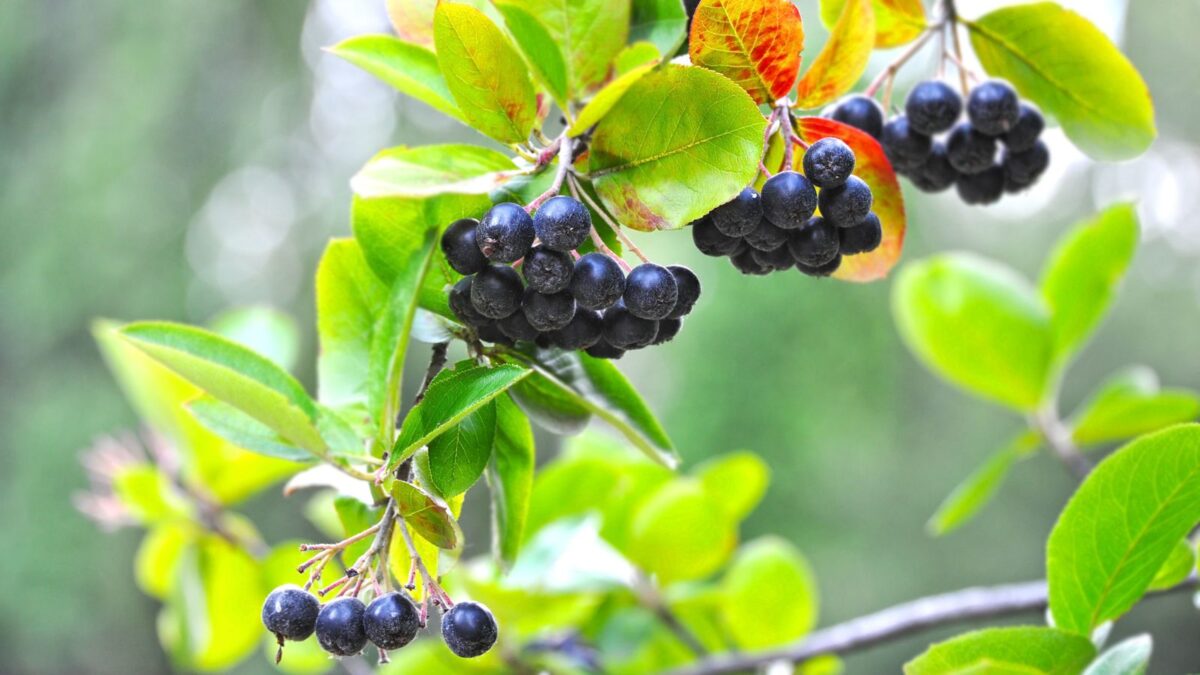
Image credit: Depositphotos
Black chokeberry is a wonderfully versatile deciduous shrub native to eastern North America. In late spring, it produces lovely clusters of white flowers. Purple to black berries appear in late summer, and the foliage turns a brilliant red in fall. Its three-season interest makes it a great companion for ornamental grasses, offering spring flowers as the grass emerges and complementing the late-season florescence of the grass with its foliage and berries.
Black chokeberry thrives in USDA zones 3-8 and full sun to partial shade. It tolerates a wide range of soil conditions, from shallow and rocky to boggy.
2. Black-eyed Susan (Rudbeckia hirta)
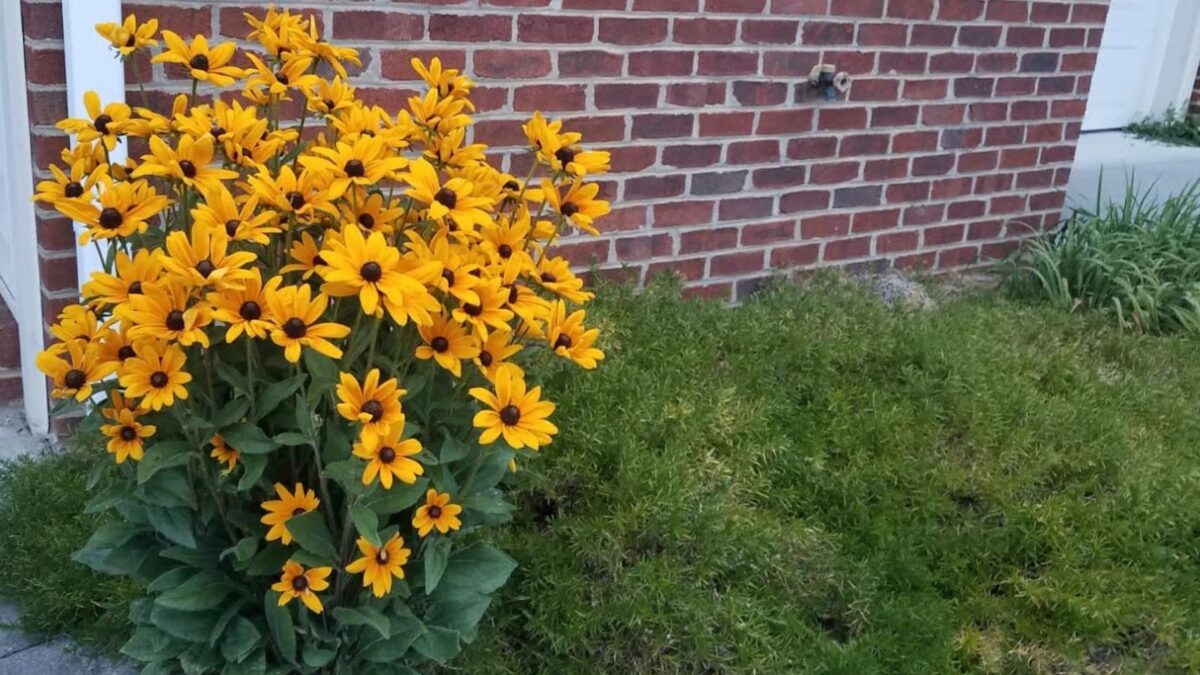
Image credit: Backyard Garden Lover
Blooming midsummer through fall, black-eyed Susans are their showiest about the same time that most ornamental grasses come into their own. Their golden-yellow flowers with brown centers attract butterflies and other pollinators, and the seed heads feed goldfinches in the fall. This native short-lived perennial grows two to four feet high, making it a good match for medium to tall grasses.
Plant black-eyed Susans in full sun to partial shade and moist but well-drained soil. They thrive in zones 3-8.
3. False sunflower (Heliopsis helianthoides)
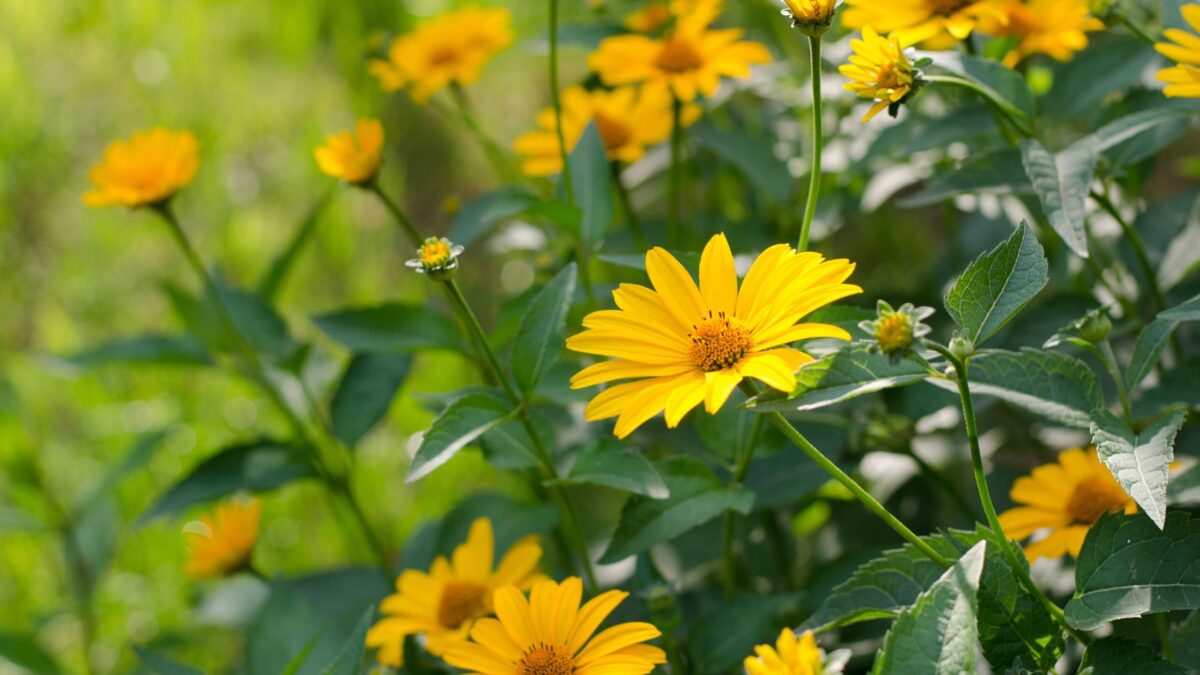
Image credit: Depositphotos
Like the black-eyed Susan, false sunflower blooms midsummer through fall, with sunny yellow flowers attracting bees, butterflies, and other pollinators. Its seed heads also provide food for songbirds in the fall. Some cultivars, like the ‘Tuscan Sun,’ form a dense but tidy, mounded clump that contrasts nicely with erect ornamental grasses of the same height or taller. False sunflowers grow three to five feet tall and are native to central and eastern North America.
Easy to please, false sunflowers flourish in zones 3-9 and tolerate most soil types, though they prefer moist, well-drained soils and full sun.
4. Hummingbird Mint (Agastache spp.)
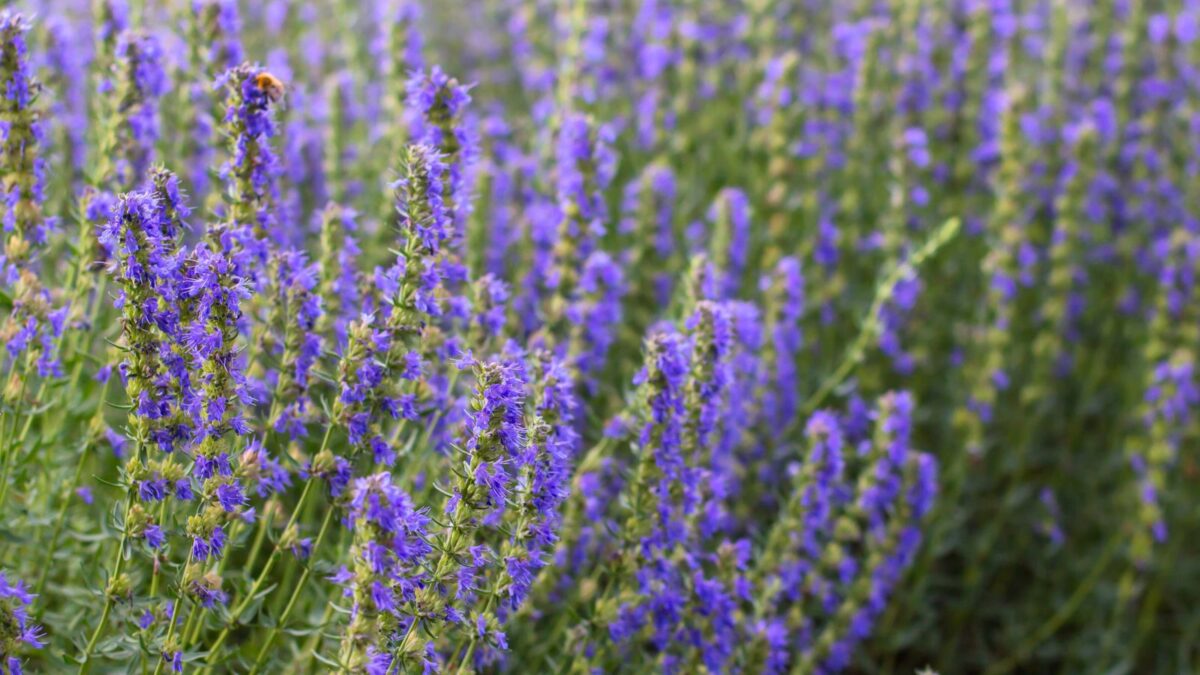
Image credit: Depositphotos
A showy, long-blooming perennial hummingbird mint produces fragrant spikes of flowers in shades ranging from red to blue all summer. Most species are native to North America. The flowers attract butterflies and hummingbirds, and the plant exhibits excellent resistance to rabbits and deer.
Hummingbird mint requires full sun and well-drained soil but tolerates drought and heat. It thrives in zones 5-10.
5. Joe Pye Weed (Eutrochium purpureum)
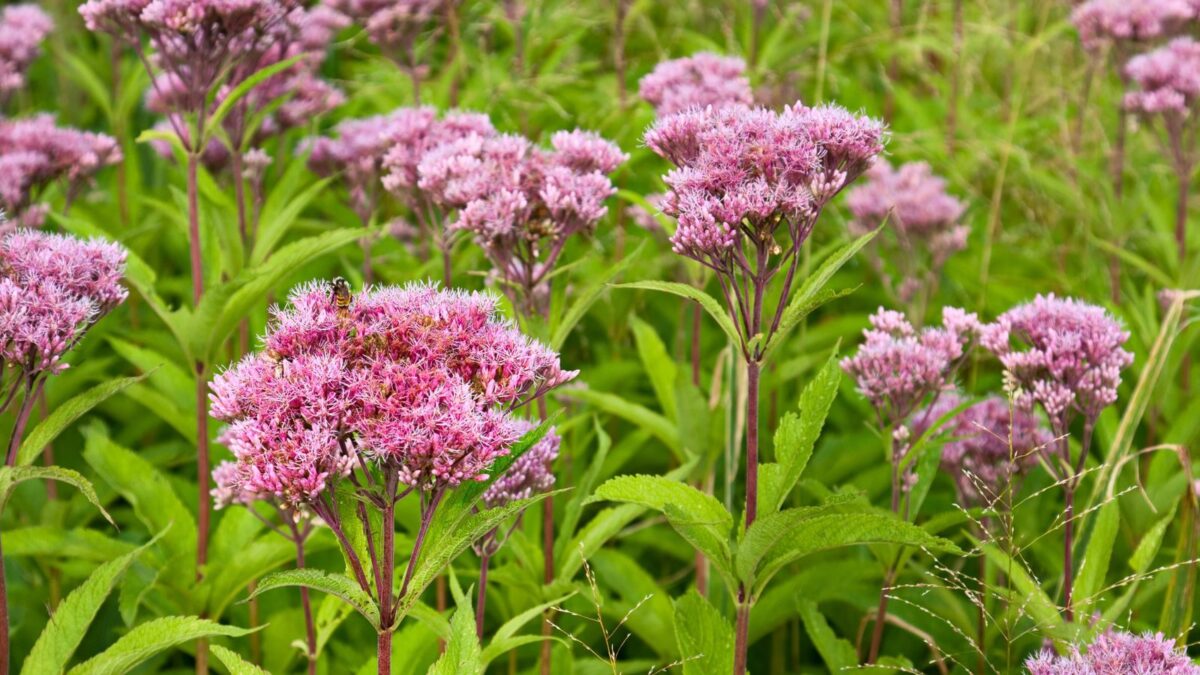
Image credit: Depositphotos
Joe Pye weed is another native perennial that adds to the autumnal beauty of ornamental grasses. This erect, clump-forming plant grows as tall as seven feet. Large, domed terminal clusters of pink, vanilla-scented flowers bloom midsummer into fall and are especially attractive to butterflies.
An easy plant to grow, Joe Pye weed is happiest in full to partial sun and average soils with medium moisture. It grows best in zones 4-9.
6. Petunias (Petunia spp.)
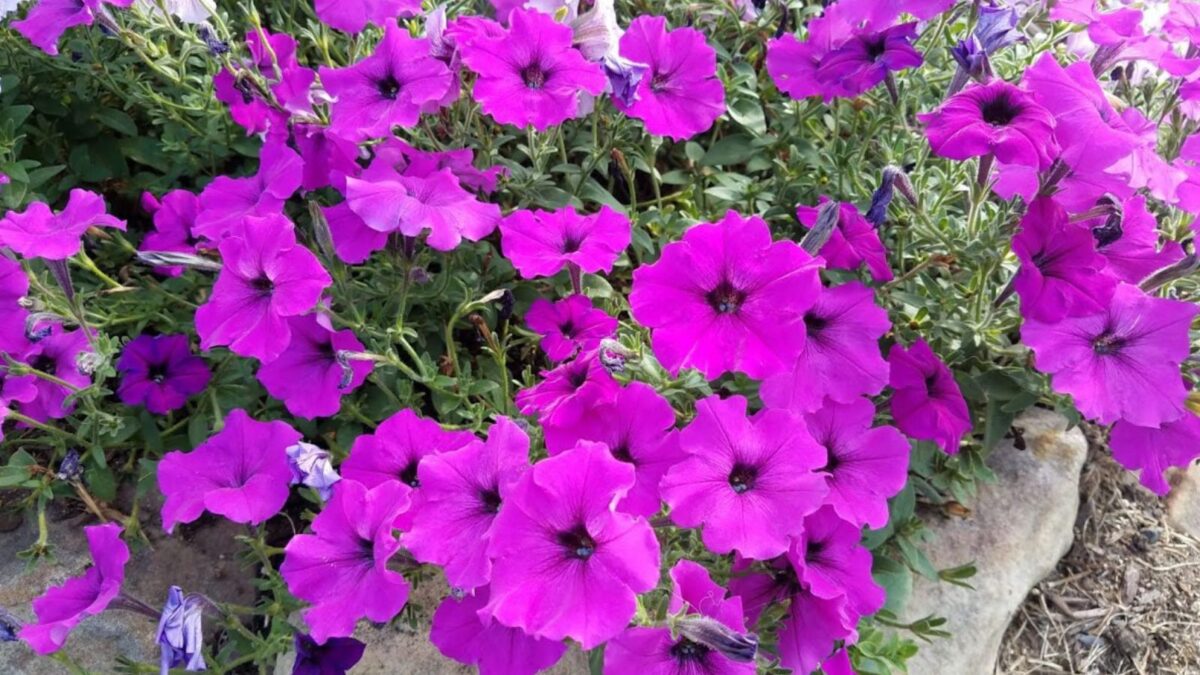
Image credit: Backyard Garden Lover
The abundantly common and wonderfully vibrant petunia is an excellent choice if you’re looking for an annual flowering to pair with ornamental grasses. Petunias can be used to fill in gaps between perennials that have yet to fill out or to create stunning low-growing masses of bright color from spring until frost. Choose from compact or spreading varieties, small or large blooms, and numerous hues, including bicolor. See more ideas for using petunias in your landscape.
Petunias tolerate various conditions but perform best in full sun and well-draining soil.
7. Prairie Zinnia (Zinnia grandiflora)

Image credit: Andrey Zharkikh
Wild zinnia, Rocky Mountain zinnia, prairie zinnia — whatever you want to call it, this little wildflower produces stunning bright yellow blossoms throughout most of the summer. A dense, mounding annual to perennial reaching just eight inches tall and wide, it pairs well with short to medium ornamental grasses.
Native to the southwestern United States, prairie zinnia thrives in zones 4-8 and is widely adaptable. This rugged little plant tolerates extreme heat, cold, rocky soils, and windy conditions. Plant it in full sun to partial shade and well-drained soil.
8. Purple Coneflower (Echinacea purpurea)
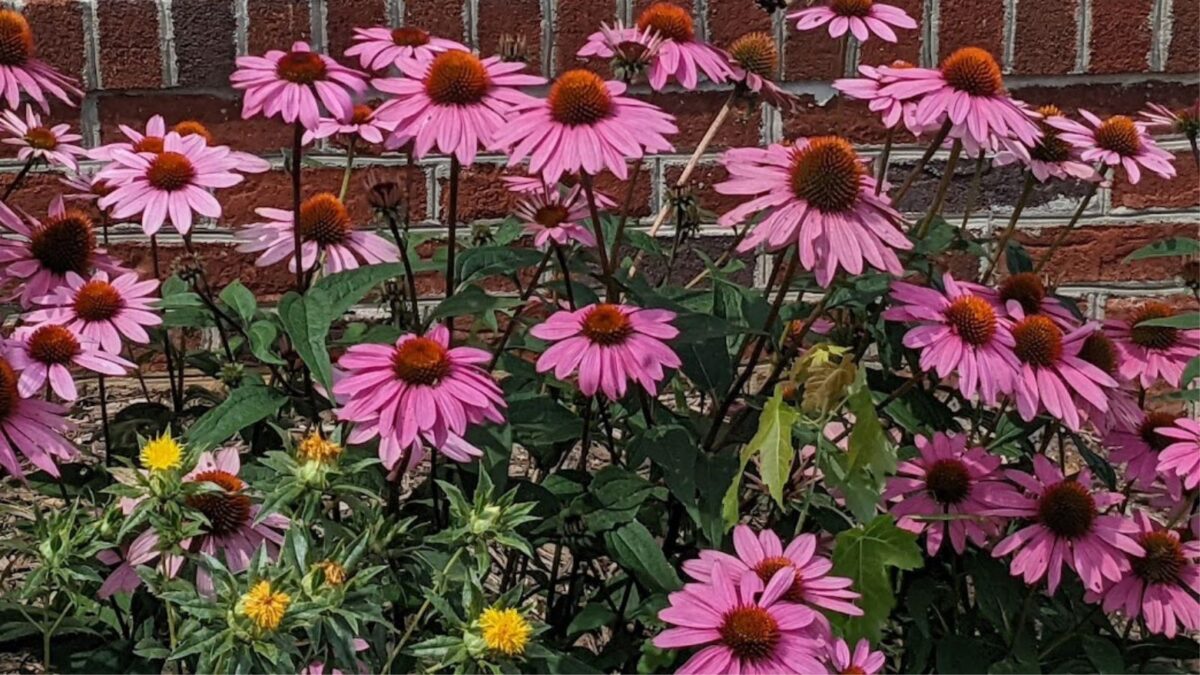
Image credit: Backyard Garden Lover
A native prairie wildflower, purple coneflower is a natural choice for an ornamental grass companion. Its cone-shaped flowers with brown centers and pinkish-purple petals draw in butterflies and other pollinators from early summer into mid-fall. They look equally beautiful against a vibrant green backdrop or straw-colored autumn grasses. Leave the seed heads for winter interest and feed songbirds. An erect herbaceous perennial, purple coneflower averages three to four feet tall.
Tolerant of drought, heat, humidity, and partial shade, the purple coneflower can easily grow in a range of conditions in zones 3-8. It prefers full sun and moist, well-drained loam.
9. Salvia (Salvia spp.)
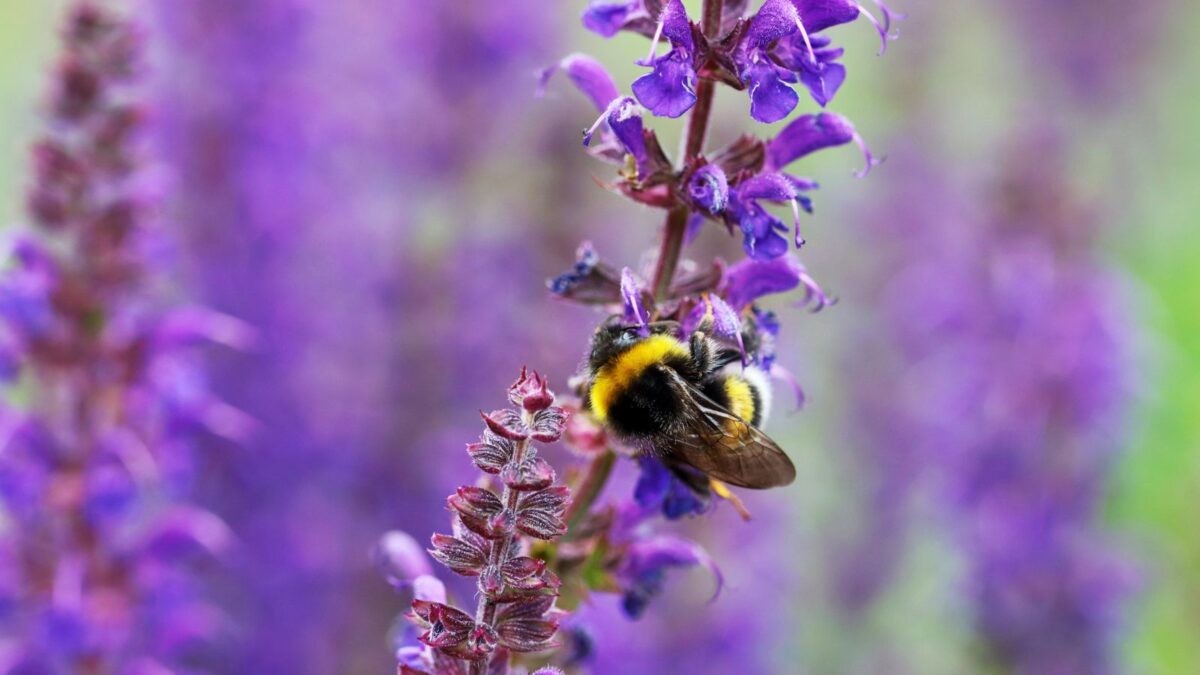
Image credit: Depositphotos
The varieties of salvia range from fragrant culinary sage to ornamental plants with tall spikes of red, white, or purple flowers. Many of them bloom throughout summer and into fall, providing color both before and during the bloom time of most grasses. The vibrant, tubular flowers provide nectar for butterflies and hummingbirds.
Salvias typically appreciate full sun and well-drained soil with high organic content, and they tolerate drought, salt, and partial shade. With so many species and cultivars, the growing zone varies.
10. Sedum (Sedum spp., Hylotelephium spp.)
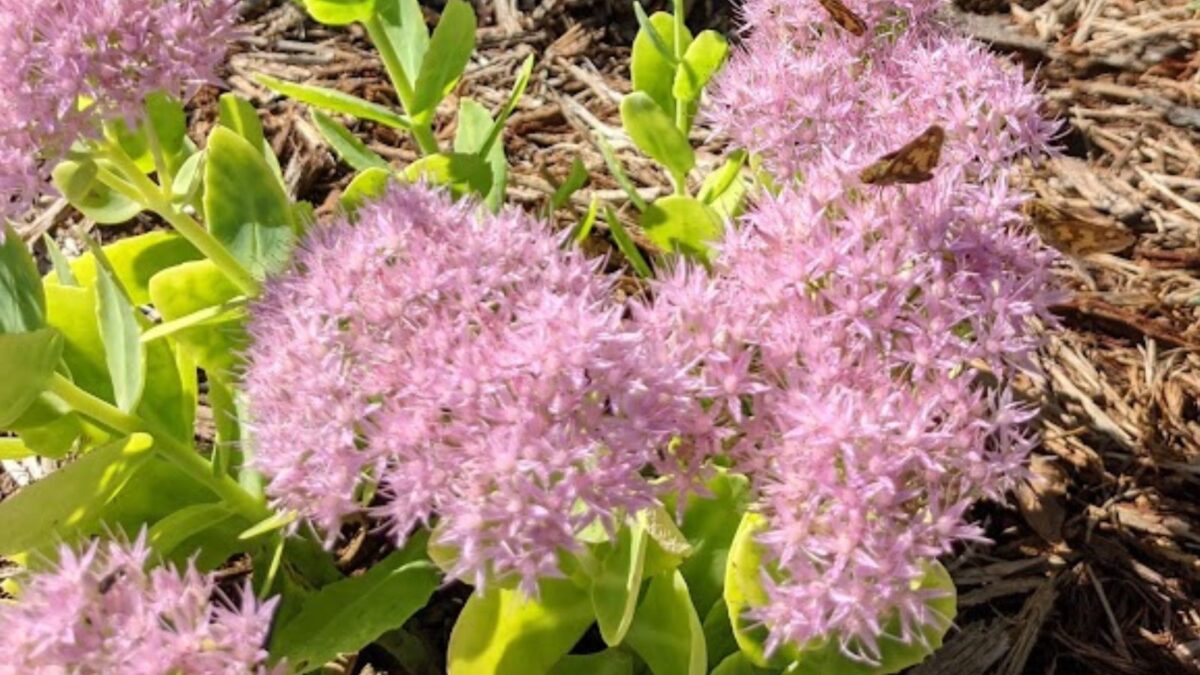
Image credit: Backyard Garden Lover
Sedum, or stonecrop, is a succulent herbaceous perennial with fleshy leaves that may be flat or rounded. While low-growing sedums make excellent groundcover and container plants, the taller varieties pair beautifully with ornamental grasses. Look for late-blooming sedums that will flower in concert with the grasses for a stunning fall display.
Known for their heat and drought tolerance, sedums thrive in full sun and well-drained soil, often growing well in zones 3-9.
11. Winterberry Holly (Ilex verticillata)
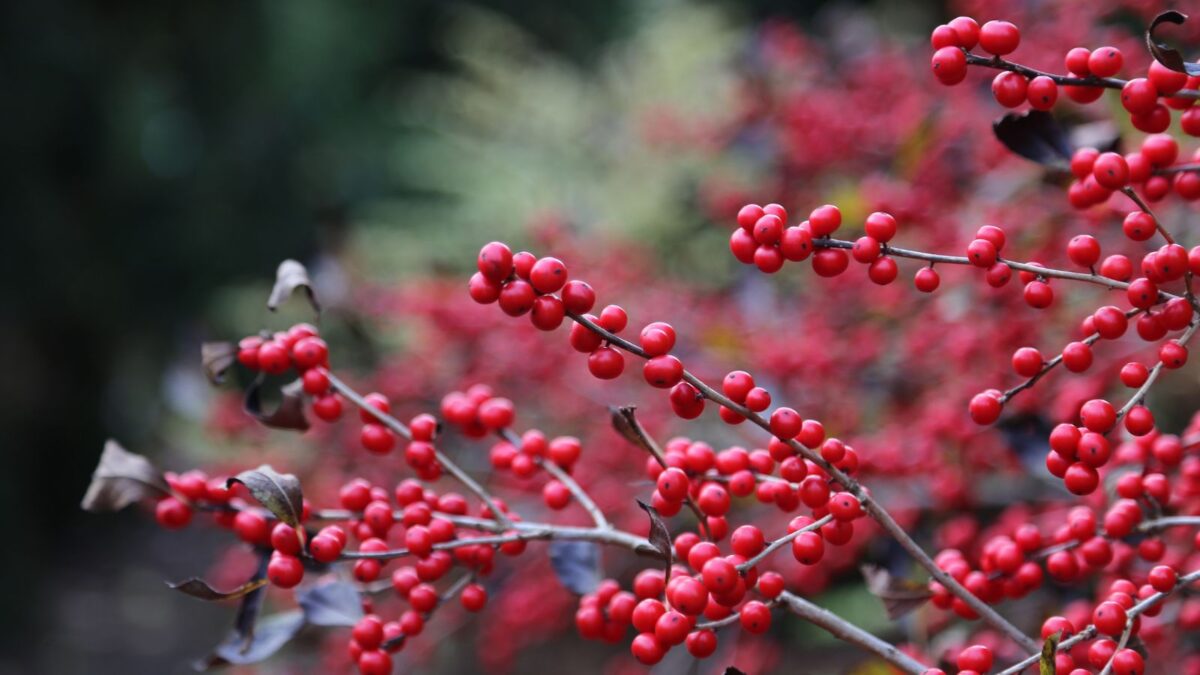
Image credit: Depositphotos
A slow-growing deciduous shrub or tree, winterberry holly grows three to 15 feet tall, depending on the cultivar. It is best known for the bright red berries that ripen in the fall and provide vibrant color into the winter. It offers a brilliant contrast to the beautiful but muted hues of ornamental grasses late in the season. Though the spring flowers are insignificant, winterberry holly attracts pollinators and provides food for birds.
Plant winterberry holly in moist, acidic soil with good drainage. It grows well in shade or sun and tolerates drought, heat, and soil compaction. It thrives in zones 3-9.
Ornamental grasses are a beautiful addition to the flower garden, and they really shine when paired with the right companion plants. Plus, a grouping of native grasses and wildflowers will have butterflies, bees, hummingbirds, and songbirds, bringing additional delight to your garden.

